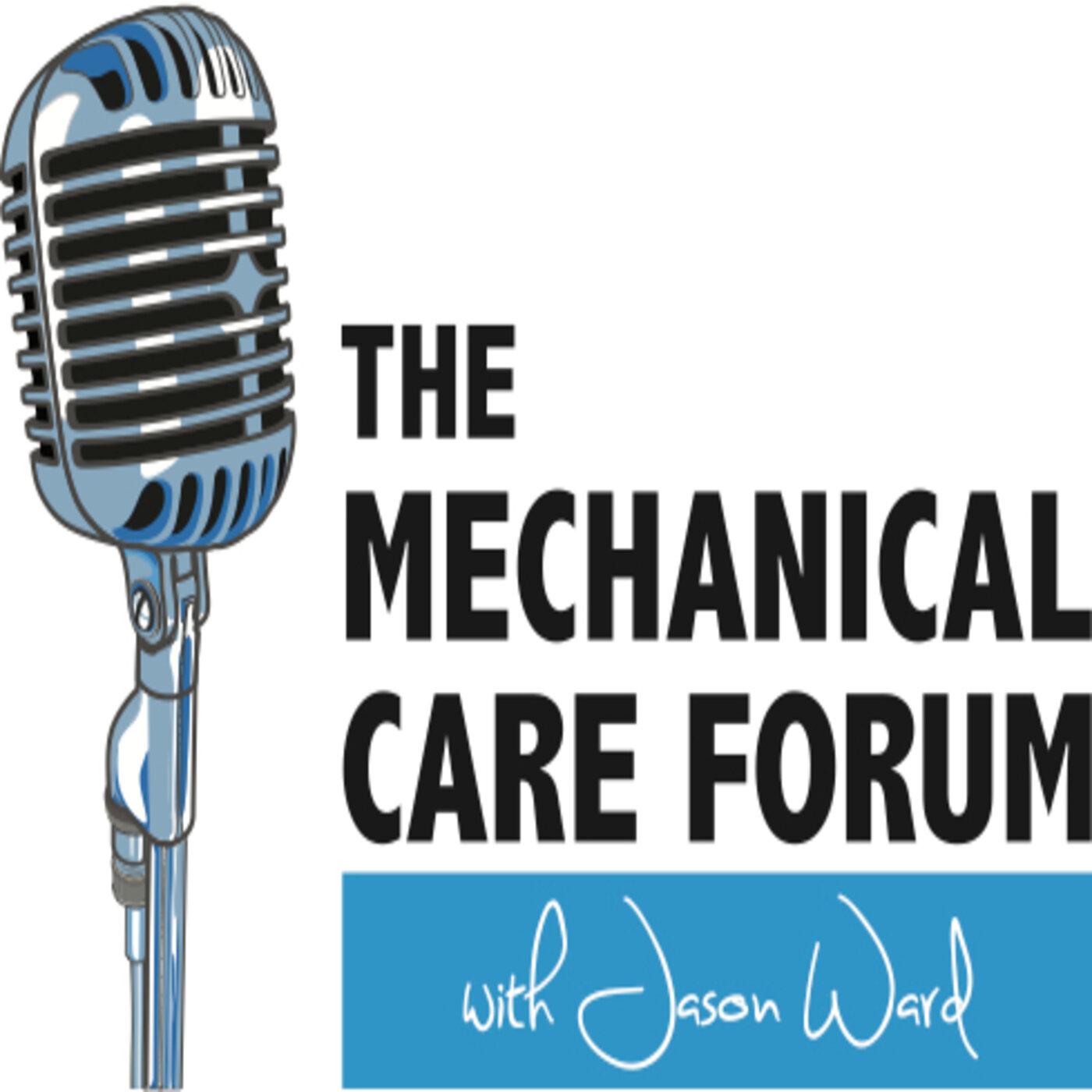In episode 211 I’m joined by Mr. John Thomson of Dundee Scotland. We hear his professional journey and why he focused on the MDT system even though he trained in Cyriax, Maitland, Mulligan and other approaches. He shares some lessons learned from his patients when he began to see his effectiveness improve. He also gives some technical decision-making thoughts on when to stay in the sagittal plane versus going laterally. This and more, this week on MCF!
Show Notes
John Thompson is in Scotland and is a clinical educator in the clinical Diploma program in Dundee since the last 7 years. He has been a PT since last 27-28 years.
Professional Journey
John held his first job in England in 1991 for about 4 years before he went traveling around the world. He recollects that during that time, the information was mostly handed down by educators and from seniors in school and physiotherapy education lacked evidence and stimulation of the thinking process. He feels that he was mostly going through the motions during that time.
After returning from his exhaustive travel for 2.5 years, and re-entering the professional world, John realized that things had changed and a lot more emphasis was being placed on evidence based practice. This made him enroll into multiple courses including Maitland, Cyriax, Mulligan, Edwards’s combined movement therapy and McKenzie courses in the period of the next 3 years. By that point, he was getting disillusioned with physiotherapy as there was no clear direction with management of his patients.
He then moved back to Scotland and went on to do his diploma program with Scott Herbowy and Mark Miller in Austin, Texas. He flew solo for 2-3 years and then applied to become faculty with the McKenzie institute.
Value of the different systems/concepts of management
John is of the opinion that all the other systems that he learned about in his career hold some value as they tend to be devised from the experiences with patients. The theories and conceptual models are a little bit different but symptomatic response and evidence based conclusions tend to be very similar in the different systems. What stood out with the McKenzie system was the consistency of application and positive results in patients with the application of the principles of the MDT system.
John believes that it is important to have a conceptual model for any given system as long as it is flexible.
Professional changes with application of MDT
Understanding the concept of distal extremity pain having an origin in the spine changed John’s practice. He remembers a patient who had shoulder symptoms and baselines were taken for both the shoulder and the cervical spine and whose shoulder presentation changed after repeated movements to the cervical spine. Until then, John had always been taught to assess a single joint/structure. Application of these principles and the resultant positive responses, changed the way he looked at physiotherapy management.
With more and more patients he was realized the value of the principles the system was based on and the consistency of responses obtained, if the principles were properly applied.
Clinical Pearls
In his years as a clinical educator John has mentored a lot of students who undergo the McKenzie Diploma program. He has come across some common mistakes that are consistently made during the program. He shares some valuable clinical advice:
Do not try to fit square pegs in round holes, most commonly avoid wanting to classify each patient as derangement responding to sagittal plane.
Follow the principles of the system during your assessment; so not stay too long in the sagittal plane nor skip steps and quickly jump into the lateral plane.
When assessing patient’s symptomatic and mechanical baselines after repeated movement testing, make sure the change is clinically significant. Do not let “minimal/slight” changes in baselines make you go off on the wrong tangent.
With experience you will be able to recognize patterns and be able to skip steps in the force progressions/alternatives during assessment process but until then go through the hypothetical reasoning process.
It is equally important to address the Yellow Flags as it is to identify it. Important to connect with the patient and assist in overcoming their fears and limitations with good education and communication.
Sometimes it is important to step back and educate the patient that movement does not equal to harm anymore, especially in those cases where they have been told to avoid movement for a period of time; rather than focusing on changing mechanical baselines.
We hope to deliver this content to the committed professional who wants to improve his/her care and we hope to do it in a way that is easily accessible, the world over, in today's technological age.
To contribute:
Give a 5-star review on iTunes;
Share EP #211 with a friend; and/or
Connect with us on the Spotify MCF Podcast and MCF Instagram page!
Thanks for your support!

